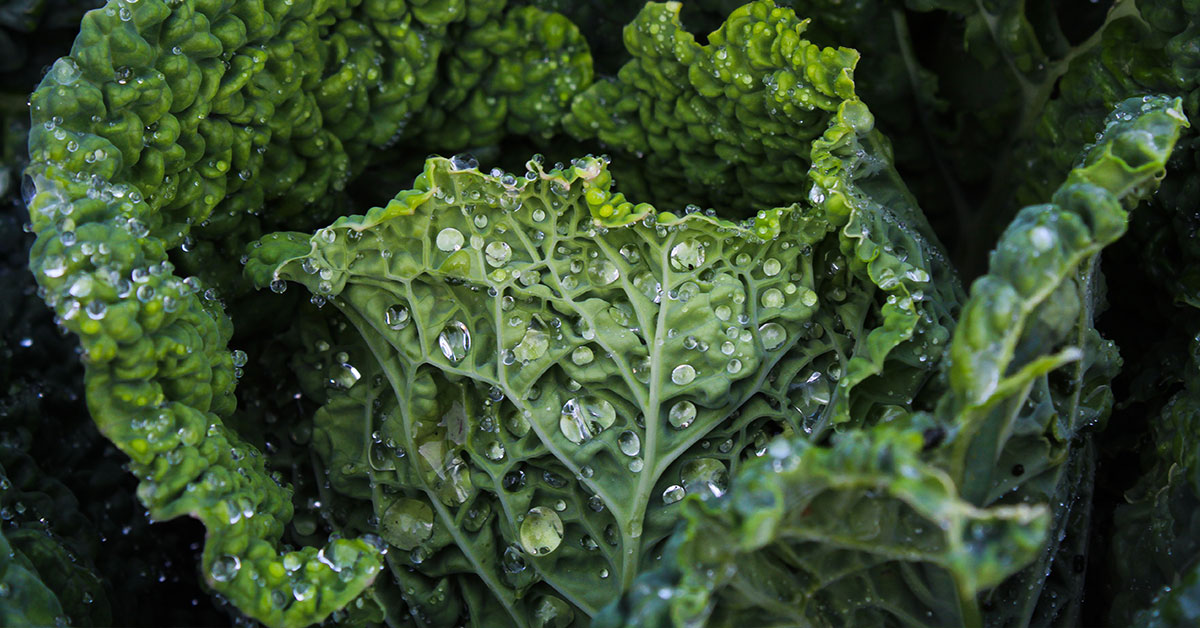Kale, a nutrient-dense leafy green, has gained immense popularity in recent years due to its numerous health benefits and versatile culinary uses. Whether you’re growing kale in your backyard garden or have purchased it from a local farmer’s market, knowing the right time to harvest this vibrant vegetable is crucial for ensuring optimal flavor and nutritional value.
In this article, we will explore the various factors to consider when determining when to harvest kale, including its growth stage, leaf appearance, and weather conditions. By understanding these key indicators, you’ll be able to enjoy the freshest and most flavorful kale straight from your garden or market.
When to Harvest Kale
Kale can be harvested at different stages depending on your preference and the variety you are growing. Here are some general guidelines for harvesting kale:
- Baby Kale: If you prefer tender and mild-flavored leaves, you can start harvesting baby kale when the plants are around 3-4 inches tall. This usually takes about 25-30 days after sowing the seeds.
- Mature Kale: For larger and more robust leaves, you can wait until the kale plants reach full maturity. This is typically around 55-75 days after sowing, depending on the variety. At this stage, the leaves are darker and have a stronger flavor.
When harvesting kale, it’s best to pick the outer leaves first, leaving the inner leaves to continue growing. This allows the plant to keep producing new leaves for an extended harvest period. Simply cut the outer leaves close to the base of the plant, leaving the central growing point intact. Remember, kale is a cool-season crop, and its flavor tends to improve after a light frost. However, if the plants are exposed to prolonged freezing temperatures, the leaves may become damaged. So, it’s important to harvest kale before the onset of severe winter conditions.
Signs Your Kale Are Ready to Be Harvested
There are a few signs to look for when determining if kale is ready to be harvested:
- Size: Kale leaves should be at least 6-8 inches long before harvesting. The leaves should be large enough to be used in recipes or salads.
- Color: Kale leaves should have a deep green color. Avoid harvesting kale with yellowing or browning leaves, as they may be past their prime.
- Texture: The leaves should be firm and crisp to the touch. Avoid harvesting kale that feels wilted or has a soft texture.
- Leaf shape: Kale leaves should have a frilly or curly appearance, depending on the variety. The leaves should be fully formed and not have any small, undeveloped leaves in the center.
- Time: Kale can be harvested throughout its growing season, but it is generally best to wait until the plant has reached maturity, which is usually around 55-75 days after planting.
Remember, kale is a cool-season crop, and its flavor tends to improve after a light frost. However, if the leaves become damaged or discolored due to extreme cold, it is best to harvest them before they deteriorate further.
Signs Your Kale Aren’t Ripe Yet
There are a few signs that kale is not yet ripe and should not be harvested:
- Size: Kale leaves should be large and fully developed before harvesting. If the leaves are still small and haven’t reached their full size, it’s an indication that the kale is not yet ready for harvest.
- Color: Kale leaves should have a vibrant, deep green color. If the leaves are pale or have a yellowish tinge, it’s a sign that they are not fully matured and should be left to grow further.
- Texture: The texture of kale leaves can also indicate their readiness for harvest. Young kale leaves are tender and have a smooth texture, while mature leaves become tougher and have a slightly rougher texture. If the leaves are still tender, it’s an indication that they need more time to grow.
- Taste: Taste is another way to determine if kale is ripe. Young kale leaves have a milder, sweeter flavor, while mature leaves tend to be more bitter. If the taste is too bitter, it’s a sign that the kale is not yet ready for harvest.
It’s important to note that kale is a cool-season crop and can tolerate light frost. In fact, some gardeners believe that a light frost can improve the flavor of kale. So, if the kale meets the size, color, texture, and taste criteria mentioned above, it can be harvested even if there is a light frost.













